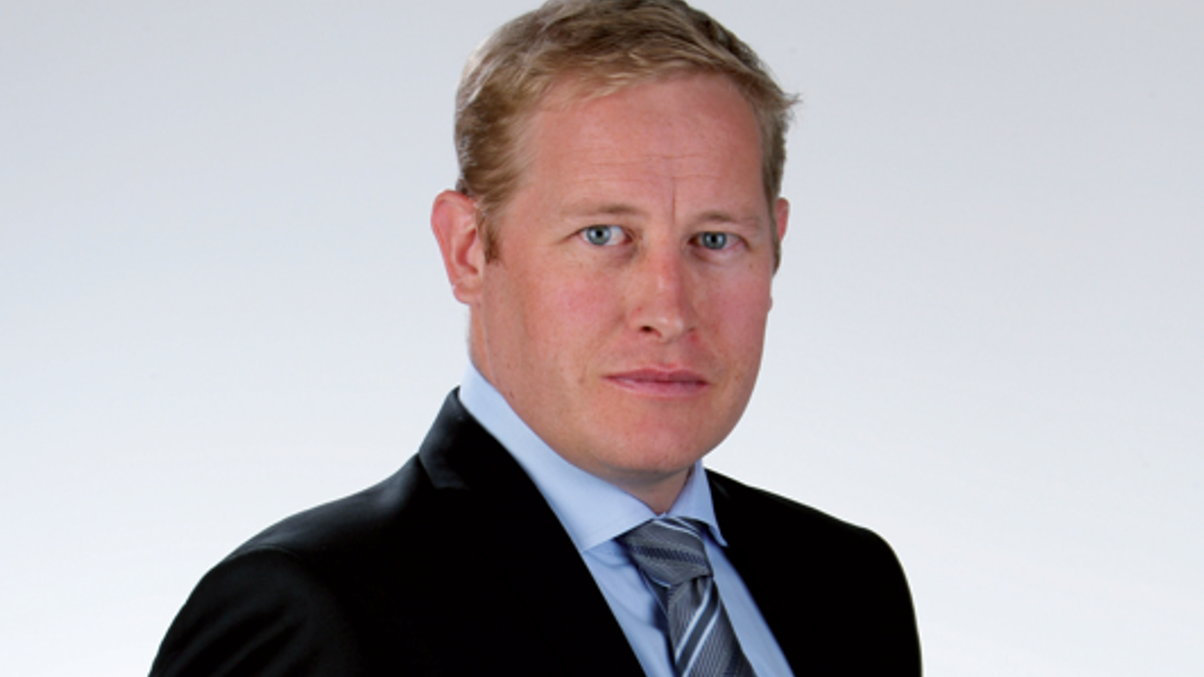Going opportunistic
Matt Whineray, general manager of investments at New Zealand Super Fund.

New Zealand Superannuation Fund was set up by the government in September 2003 to help pre-fund future universal superannuation entitlements. Withdrawals are not scheduled to start until 2029/30.
Sign in to read on!
Registered users get 2 free articles in 30 days.
Subscribers have full unlimited access to AsianInvestor
Not signed up? New users get 2 free articles per month, plus a 7-day unlimited free trial.
¬ Haymarket Media Limited. All rights reserved.


